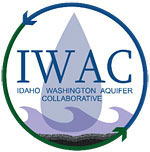Stormwater is rain or melting snow that does not immediately soak into the ground. Stormwater runs off of land and hard surfaces such as streets, parking lots, and rooftops, and picks up pollutants, such as fertilizers, dirt, pesticides, and oil and grease. Eventually, stormwater soaks into the ground or discharges to surface water (usually through storm drains), bringing the pollutants with it.
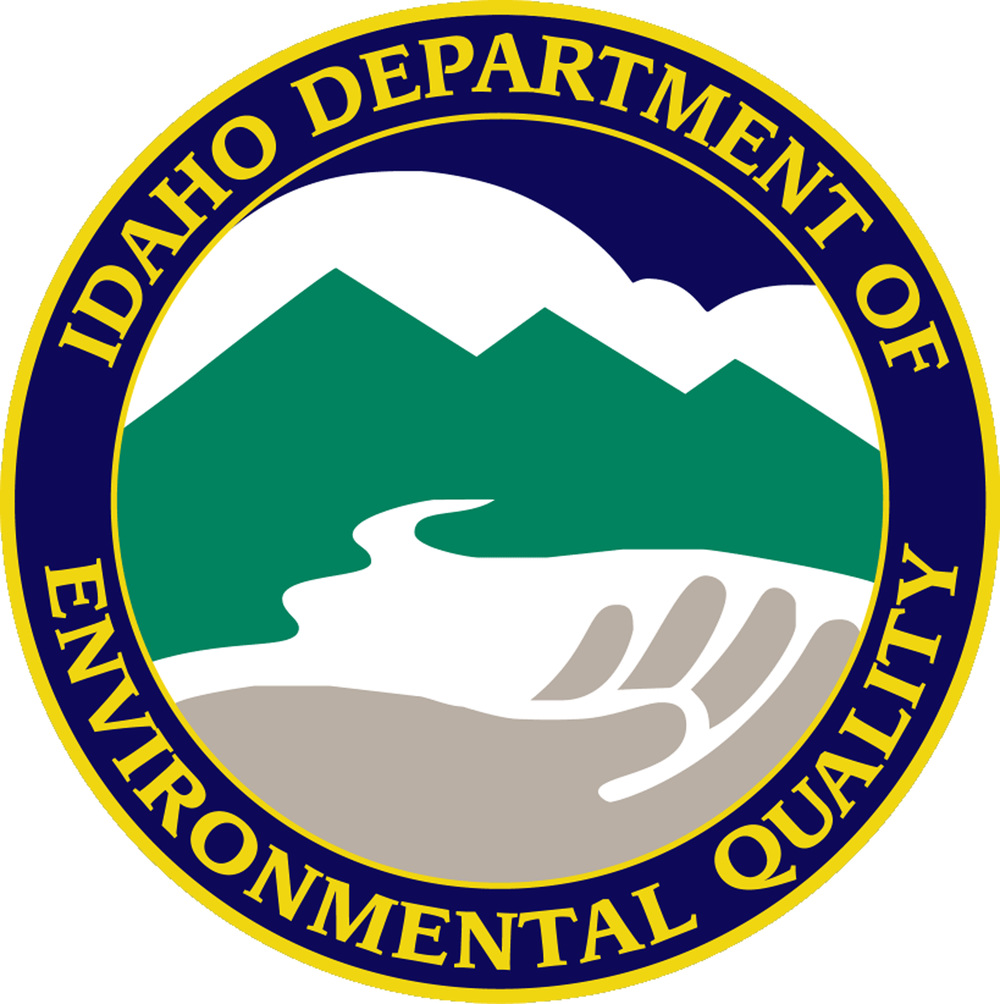 The Idaho Department of Environmental Quality Stormwater page contains important information for Idaho cities and businesses including the 2005, Catalog of Stormwater Best Management Practices for Idaho Cities and Counties . The 663 page document provides technical guidance for construction site design and stormwater best management practices (BMPs). The catalog is a guidance document containing voluntary controls that could be formally adopted by a jurisdiction to establish standards, if desired. Measures, such as those described and other recognized equivalents, should be used to manage the quantity and quality of stormwater runoff from land development. This information is primarily intended for design professionals (e.g., landscape architects, geologists, engineers, soil scientists, etc.) and their contractors. It is also applicable for local public officials or staff who are responsible for the review and approval of development applications.
The Idaho Department of Environmental Quality Stormwater page contains important information for Idaho cities and businesses including the 2005, Catalog of Stormwater Best Management Practices for Idaho Cities and Counties . The 663 page document provides technical guidance for construction site design and stormwater best management practices (BMPs). The catalog is a guidance document containing voluntary controls that could be formally adopted by a jurisdiction to establish standards, if desired. Measures, such as those described and other recognized equivalents, should be used to manage the quantity and quality of stormwater runoff from land development. This information is primarily intended for design professionals (e.g., landscape architects, geologists, engineers, soil scientists, etc.) and their contractors. It is also applicable for local public officials or staff who are responsible for the review and approval of development applications.
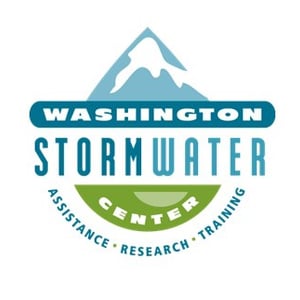 2012 The Washington Stormwater Center website provides Eastern Washington Stormwater Resources including the Eastern Washington Stormwater Guidance Manual. It can be downloaded or viewed as a series of instructional videos.
2012 The Washington Stormwater Center website provides Eastern Washington Stormwater Resources including the Eastern Washington Stormwater Guidance Manual. It can be downloaded or viewed as a series of instructional videos.
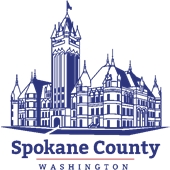 Spokane County Stormwater Utility Administration. The Stormwater Utility, a section of the Public Works Department, ensures that stormwater systems are planned, developed and maintained to prevent flooding, protect water quality and preserve natural stormwater systems. The Stormwater Utility strives to provide leadership and a focus for other community efforts working toward improved stormwater management that causes as little short-term and long-term harm as possible to the environment. Download a copy of the 2008 Spokane Regional Stormwater Manual (PDF), a publication of Spokane County Development Services.
Spokane County Stormwater Utility Administration. The Stormwater Utility, a section of the Public Works Department, ensures that stormwater systems are planned, developed and maintained to prevent flooding, protect water quality and preserve natural stormwater systems. The Stormwater Utility strives to provide leadership and a focus for other community efforts working toward improved stormwater management that causes as little short-term and long-term harm as possible to the environment. Download a copy of the 2008 Spokane Regional Stormwater Manual (PDF), a publication of Spokane County Development Services.
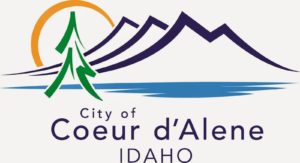 City of Coeur d’Alene Stormwater Maintenance. Stormwater Facts: 1400 tons of leaves are collected during Leaf Pickup. The leaves from this popular program are shredded with wood and used for plant facility fuel and compost. There are over 1500 catchbasins in the city of Coeur d’Alene. Most are cleaned yearly. There are 5 hard pipe outfalls that allow stormwater to flow into the lake and river. 7000 miles of city street are swept yearly. Learn More about: Grassy Swales; Ponding Problems; Hard Pipe System; Drywell Maintenance; Arterial and Residential Sweeping and Spring Cleanup and what you can do to help.
City of Coeur d’Alene Stormwater Maintenance. Stormwater Facts: 1400 tons of leaves are collected during Leaf Pickup. The leaves from this popular program are shredded with wood and used for plant facility fuel and compost. There are over 1500 catchbasins in the city of Coeur d’Alene. Most are cleaned yearly. There are 5 hard pipe outfalls that allow stormwater to flow into the lake and river. 7000 miles of city street are swept yearly. Learn More about: Grassy Swales; Ponding Problems; Hard Pipe System; Drywell Maintenance; Arterial and Residential Sweeping and Spring Cleanup and what you can do to help.
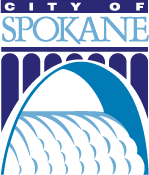 The City of Spokane’s stormwater drainage system is a large, complex network of conveyances that are designed to take rainfall and direct it away from roads, buildings, and other public and private property. It consists of several different components, including:
The City of Spokane’s stormwater drainage system is a large, complex network of conveyances that are designed to take rainfall and direct it away from roads, buildings, and other public and private property. It consists of several different components, including:
- More than 300 miles of separate storm sewers that discharge stormwater to infiltration facilities, the Spokane River and Latah Creek at over 100 locations, including many bridges. About 1 billion gallons of untreated stormwater enters the River annually.
- More than 400 miles of combined stormwater and wastewater sewers that carry stormwater to the City’s wastewater treatment plant when it rains. During moderate to heavy rainfall and snowmelt events, a combination of stormwater and untreated sewage can overflow to the Spokane River to prevent overloading the plant.
- Thousands of swale bioinfiltration treatment facilities that discharge stormwater into the ground after treating the water by trapping sediments, oil, grease, and other pollutants.
Cleaner River Faster. On May 5, 2014, the Spokane City Council passed a resolution, adopting the City’s Integrated Clean Water Plan, which is designed to be both environmentally and financially responsible. A final draft of the plan was completed in December 2014. The document is 282 pages and loads slowly.
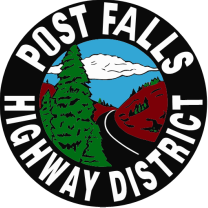 City of Post Falls, Idaho’s Stormwater Management Plan and the 2015 Stormwater Management Report from the Post Falls Highway District are available for downloading.
City of Post Falls, Idaho’s Stormwater Management Plan and the 2015 Stormwater Management Report from the Post Falls Highway District are available for downloading.
 The City of Spokane Valley, WA Stormwater Utility exists to maintain and improve City-owned drainage systems and natural drainage ways that flow in or through the City. The City owns over 14,000 drainage structures that serve mainly the City-owned public road system. Private property owners are responsible for the maintenance and care of their on-site drainage systems. The State of Washington Department of Ecology and the U.S. EPA regulate all systems. Most stormwater from City streets flows into systems that infiltrate into the ground. Most of the Valley soils eventually infiltrate to the Spokane Valley-Rathdrum Prairie sole source Aquifer where more than 400,000 area residents get most of their drinking water.
The City of Spokane Valley, WA Stormwater Utility exists to maintain and improve City-owned drainage systems and natural drainage ways that flow in or through the City. The City owns over 14,000 drainage structures that serve mainly the City-owned public road system. Private property owners are responsible for the maintenance and care of their on-site drainage systems. The State of Washington Department of Ecology and the U.S. EPA regulate all systems. Most stormwater from City streets flows into systems that infiltrate into the ground. Most of the Valley soils eventually infiltrate to the Spokane Valley-Rathdrum Prairie sole source Aquifer where more than 400,000 area residents get most of their drinking water.
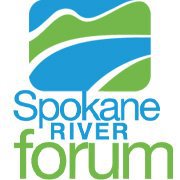 2016 Stormwater Management: The Runoff News. Marlene Feist, City of Spokane; Heidi Montez, Lands Council; Marcia Davis, City of Spokane; Allen Isaacson, Panhandle Stormwater and Erosion Education Program Updates on multi-million dollar investments, leading edge research, pilot projects, outreach, and best management practices to keep stormwater water pollution out of the aquifer and river. Presentations include City of Spokane updates on CSO tank installation and other stormwater projects: leading edge research on using Oyster Mushroom Mycelium to reduce PCBs; and outreach work being done in Coeur d’Alene and Spokane. SRF Conference Session 3-24-16.
2016 Stormwater Management: The Runoff News. Marlene Feist, City of Spokane; Heidi Montez, Lands Council; Marcia Davis, City of Spokane; Allen Isaacson, Panhandle Stormwater and Erosion Education Program Updates on multi-million dollar investments, leading edge research, pilot projects, outreach, and best management practices to keep stormwater water pollution out of the aquifer and river. Presentations include City of Spokane updates on CSO tank installation and other stormwater projects: leading edge research on using Oyster Mushroom Mycelium to reduce PCBs; and outreach work being done in Coeur d’Alene and Spokane. SRF Conference Session 3-24-16.
